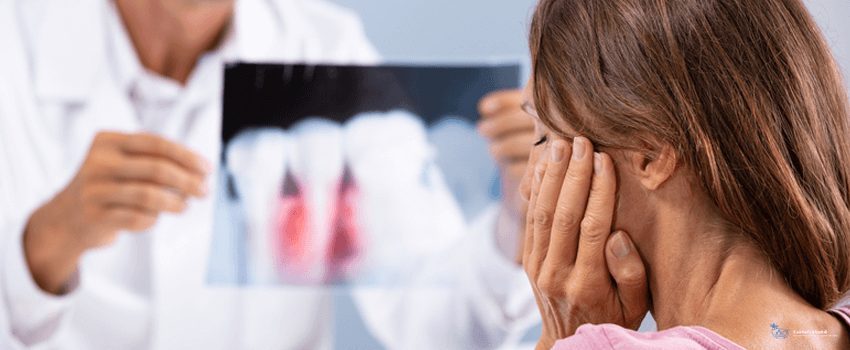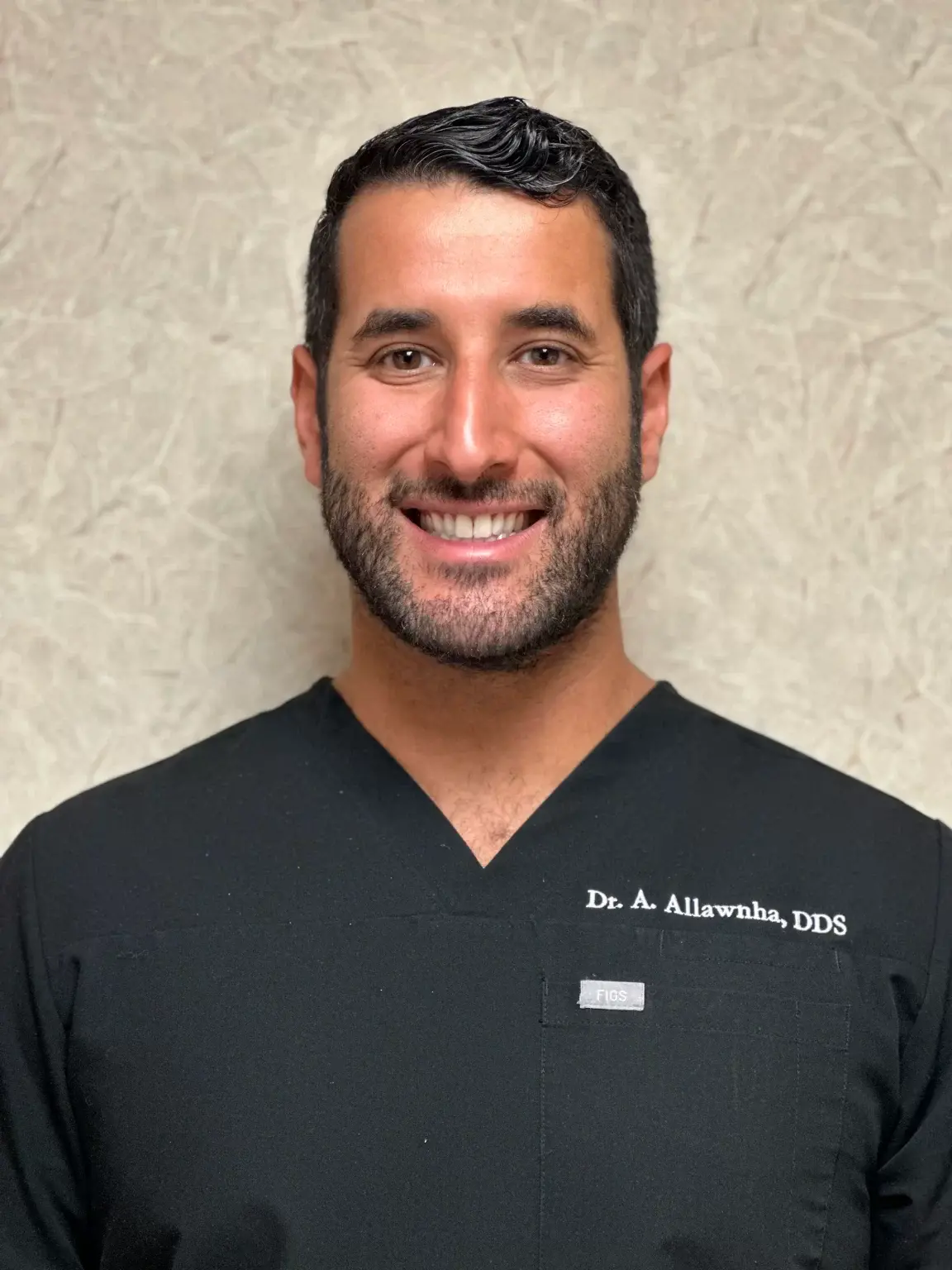Tooth resorption is not a common term you hear, but it’s not as obscure as it sounds. It’s one of your body’s many self-defense mechanisms where it rejects a tooth due to a traumatic injury. Luckily, addressing it as soon as possible makes it easier to treat.
Most people want to avoid going to the dentist as much as possible, but problems like tooth resorption need a dentist’s professional care. Always schedule an appointment with them, especially if you’re feeling pain or suspecting something is wrong with your teeth.
What Is Tooth Resorption?
Tooth resorption is a common form of dental injury or irritation that leads to the loss of a part of a tooth or more. Resorption can damage most parts of a tooth, like the interior pulp, cementum covering the roots, the dentin, and the roots themselves.
Tooth resorption is often found outside of a tooth that progresses inwards. You may also notice pink or dark spots or swelling around your teeth. However, these symptoms aren’t always easy to spot.
There are two main types of tooth resorption:
Internal
Internal tooth resorption occurs when dentin or cementum gets absorbed into the tooth canal, causing inflammation in your tooth’s outer and inner surfaces. It’s less common than external resorption, often affecting men. People who had extensive dental surgeries like tooth transplants are more likely to experience it.
Most people don’t know it’s happening because it only affects the tissues inside the mouth. A dentist may order X-rays or dental images of the affected tooth to find dental lesions. An X-ray will show dark spots in a tooth with missing internal tissues.
External
External tooth resorption is more common than internal resorption and can affect any part of the tooth’s exterior, including the roots and cementum. It can look like chips or deep holes on your teeth’s exterior. Roots affected with external resorption may look shorter or have flatter tips in X-rays.
Is Tooth Resorption Normal?
Tooth resorption is normal in children’s baby teeth but not in adults. It’s the reason baby teeth fall out; the roots undergo resorption, making the tooth loose in their sockets and easy to fall out, making way for the permanent teeth to grow.
Baby teeth resorption is not the same as bottle rot, a condition where a child’s tooth is stained with sugary liquids. It happens when parents leave their children with a bottle of milk or formula at night.
What Causes Tooth Resorption?
A tooth can be reabsorbed for various reasons. Injuries to the teeth or mouth can cause external resorption. Injuries from prolonged use of orthodontic appliances, teeth grinding, or bleaching can also result in resorption.
Meanwhile, physical injury to the tooth or swelling from an untreated cavity can cause internal resorption. Most of the time, the exact cause of tooth resorption is not understood.
Signs and Symptoms of Resorption
Tooth resorption doesn’t present with a clear set of symptoms. Sometimes, it can go unnoticed for many years, developing symptoms as it worsens.
Tooth resorption symptoms may include:
-
Cavity-like holes in teeth
-
Dark or pinkish discolorations
-
Unusual spacing between teeth
-
Pain from the root, crown, and inside a tooth
-
Red or swollen gums
How Is Tooth Resorption Diagnosed?
Dentists diagnose resorption based on the condition of the tooth. External resorption is easy to see with the naked eye. Meanwhile, your dentist may require X-rays to diagnose internal resorption, where they may notice dark spots that indicate parts of the teeth that are already lost. They follow it up with a thorough dental history to determine if there have been any dental injuries or procedures that could have contributed to the problem.
A dentist may also conduct a physical examination of the tooth. Aside from X-rays, the physical examination also involves touching the affected tooth with cold and heat to determine the extent of the problem and other damage it may have done.
Treatments for Tooth Resorption
Your dentist will treat your dental resorption based on where the damage is and its extent. Most tooth resorption treatments focus on preserving any affected tooth part before it’s completely lost. This often means removing any damaged parts to prevent further resorption.
Extraction
Extracting the affected tooth may become necessary if there is widespread damage to the affected tooth.
Root Canal
A root canal procedure involves the removal of the tissues inside the affected tooth. Dentists make small holes in your teeth, where they insert special tools that allow them to remove the infected tissues and clean the inside of the tooth. The fill and seal the tooth afterward to prevent anything from getting inside.
Gum Surgery
Gum surgery is another treatment option for milder cases of resorption. Surgery allows dental surgeons to expose the affected area and remove the cells causing the damage. Surgery is also best done while the affected area is still small or if resorption is still in its early stages.
How To Prevent Resorption
As with most dental problems, brushing your teeth and visiting your dentist for checkups and professional cleanings are the best ways to prevent resorption.
Resorption can still occur even if you take good care of your teeth or avoid trauma or infections. A mouthguard can protect your teeth from injury if you play sports. Consult your dentist immediately if you injure your tooth or develop any signs of infection.
Key Takeaway
Tooth resorption is a normal process in children’s teeth. However, it’s a sign of tooth injury in adults that can lead to permanent damage or tooth loss.
Most people don’t notice its signs until it progresses into a more severe stage that can cause a tooth to decay from the inside out. Complications from resorption can lead to permanent tooth loss if not addressed immediately.
Always pay attention to pain and any changes in spacing and appearance of your teeth and gums; these could be signs of something wrong.
Regular visits to the dentist for cleanings and examinations are the best way to prevent dental resorption. These visits will allow them to catch early signs of resorption, prevent it, and treat it.
Keep tooth resorption at bay with Century Dental.
Having healthy teeth is the best way to prevent resorption. Our dentist near South Pasadena, provides general and preventive dentistry services that keep teeth healthy and strong. They also provide cosmetic dentistry procedures like veneers that can hide your teeth’s imperfections. Call us today for any inquiries about our services and oral health concerns.





